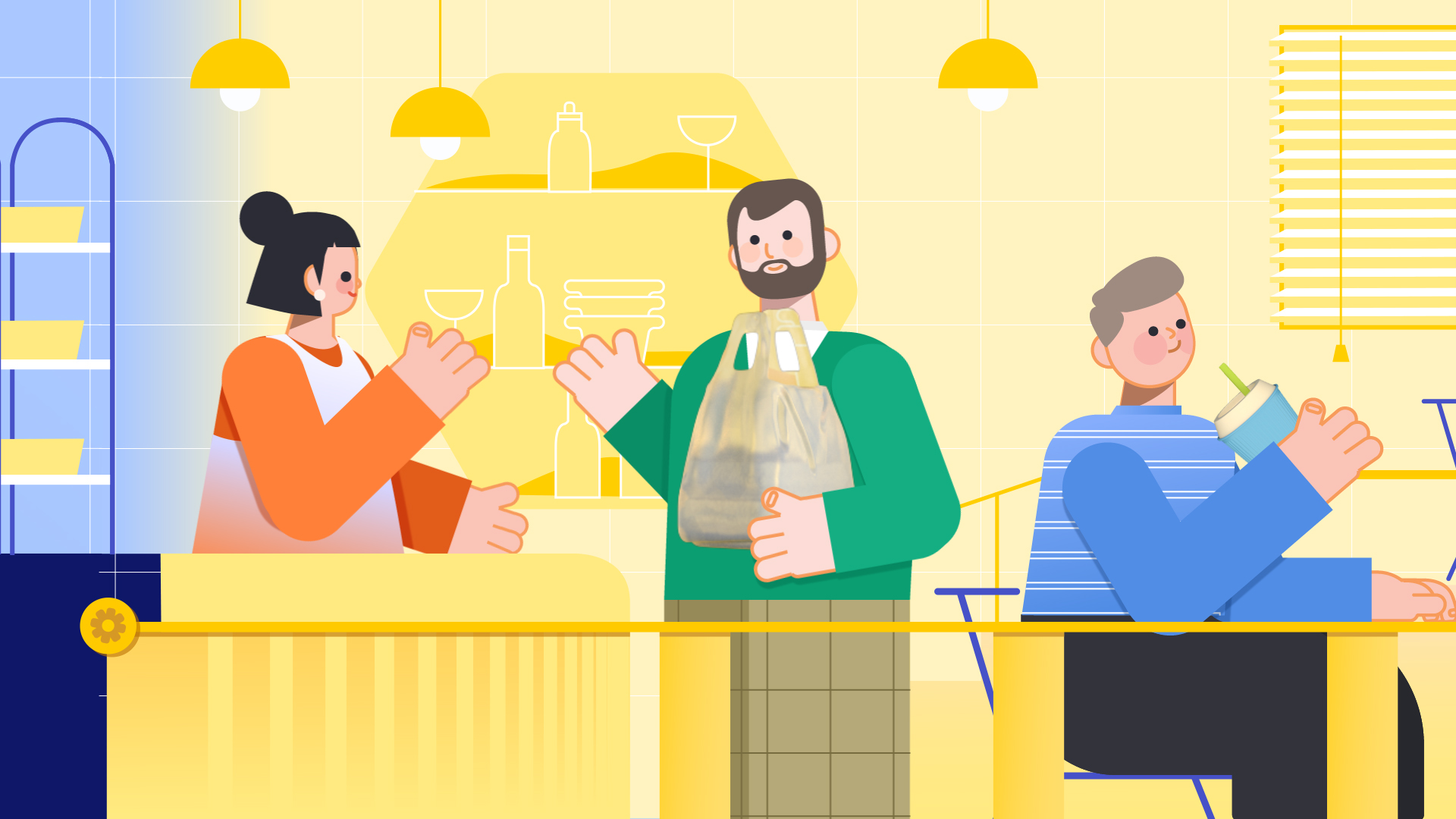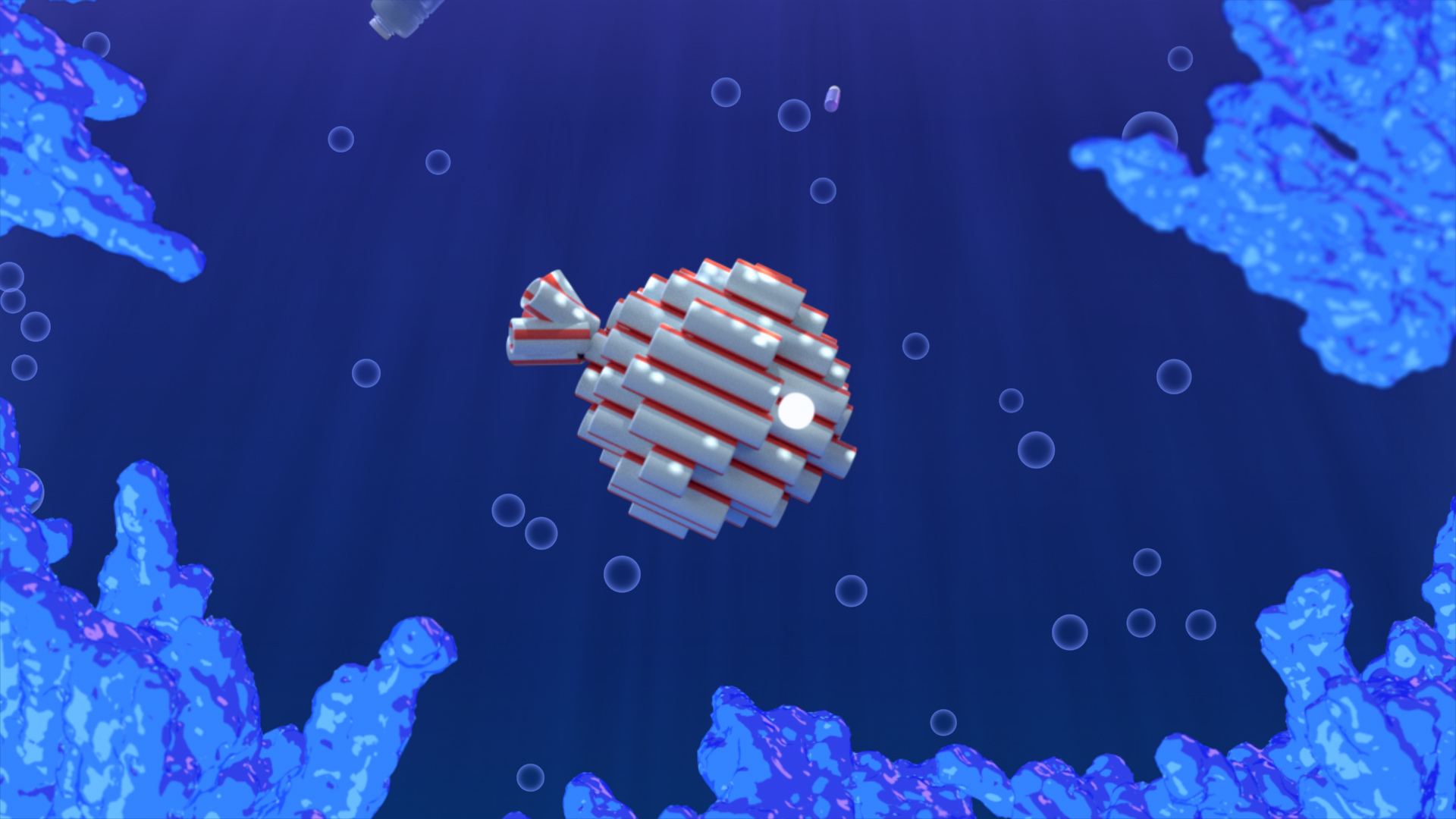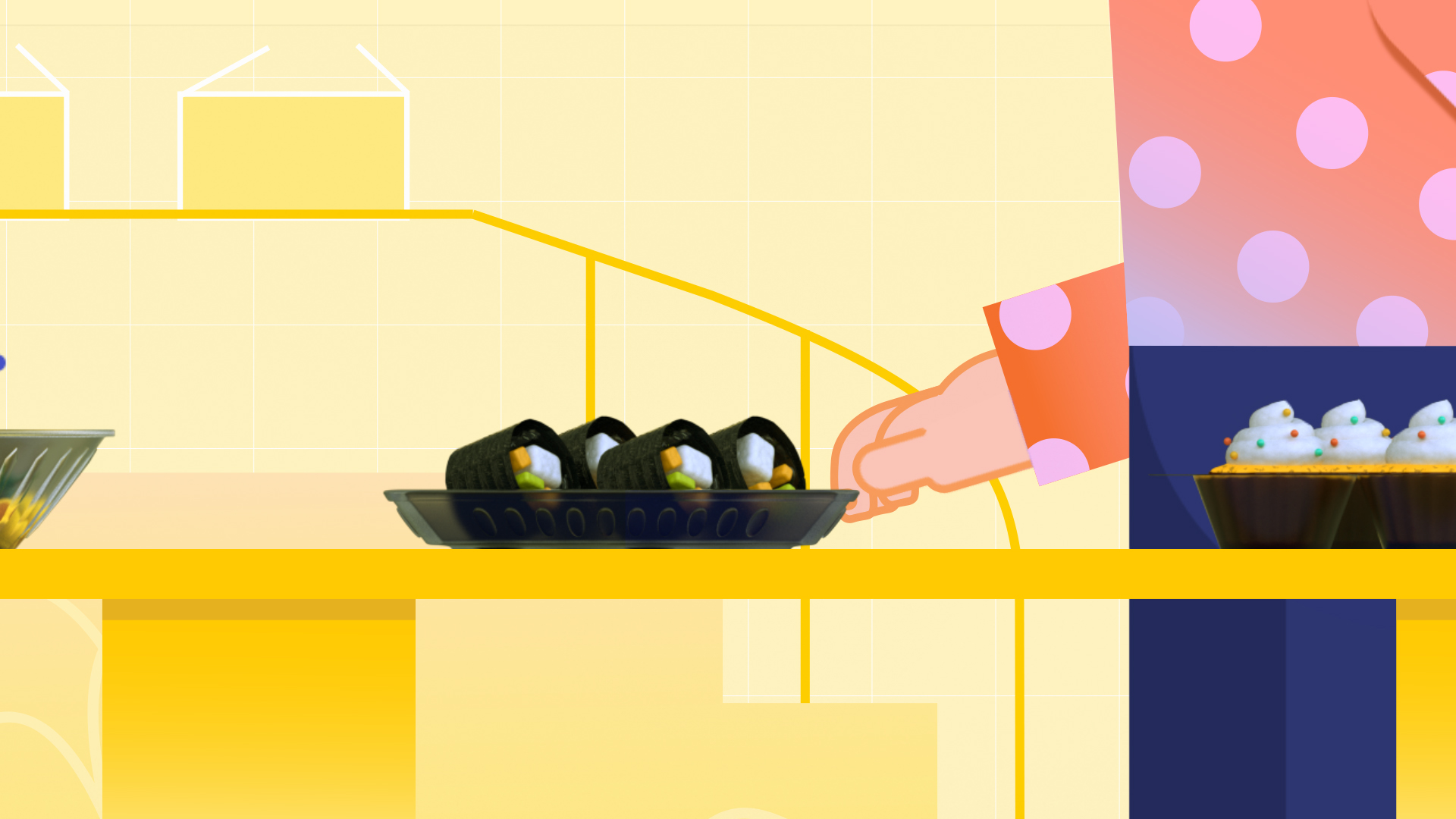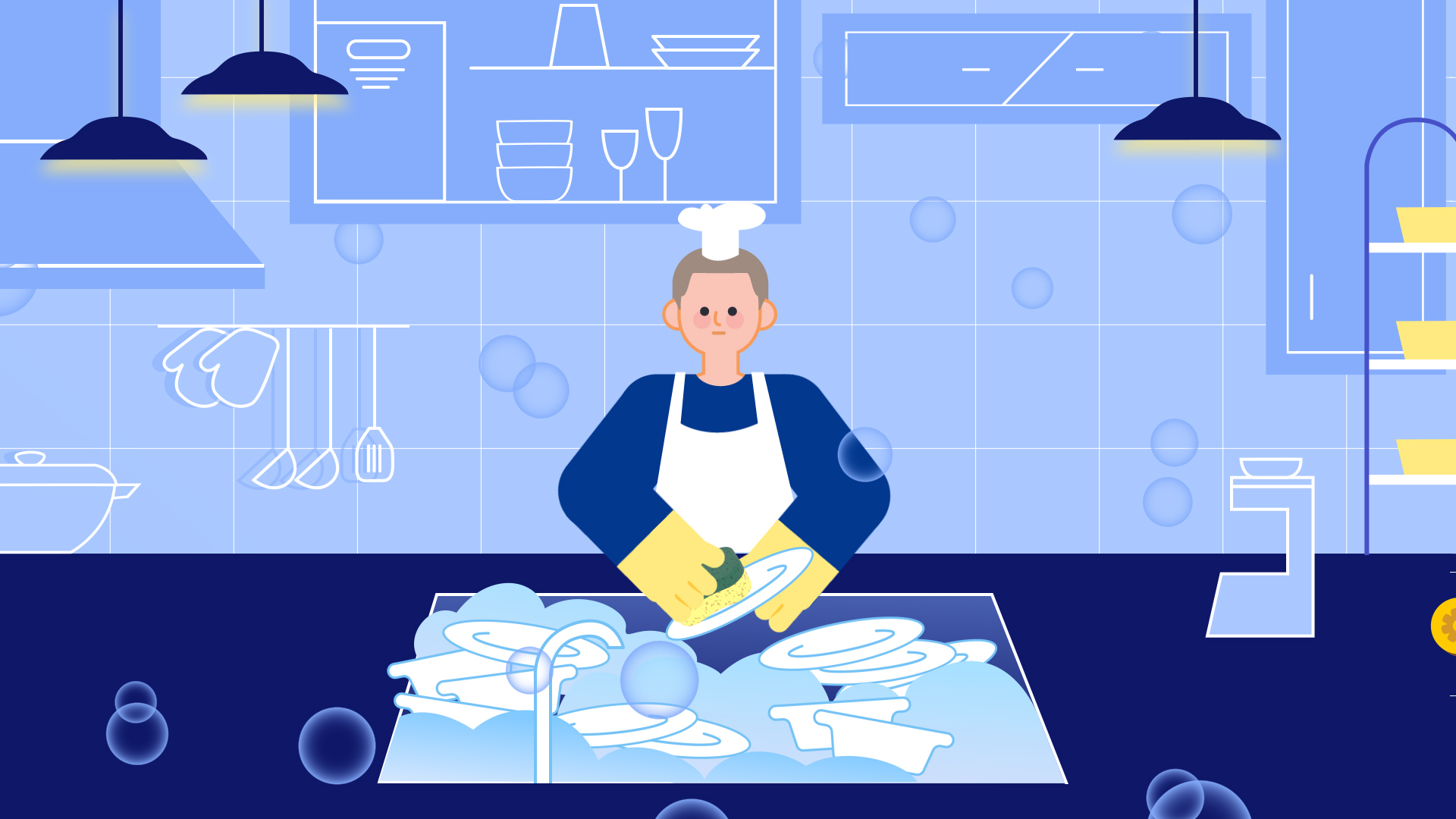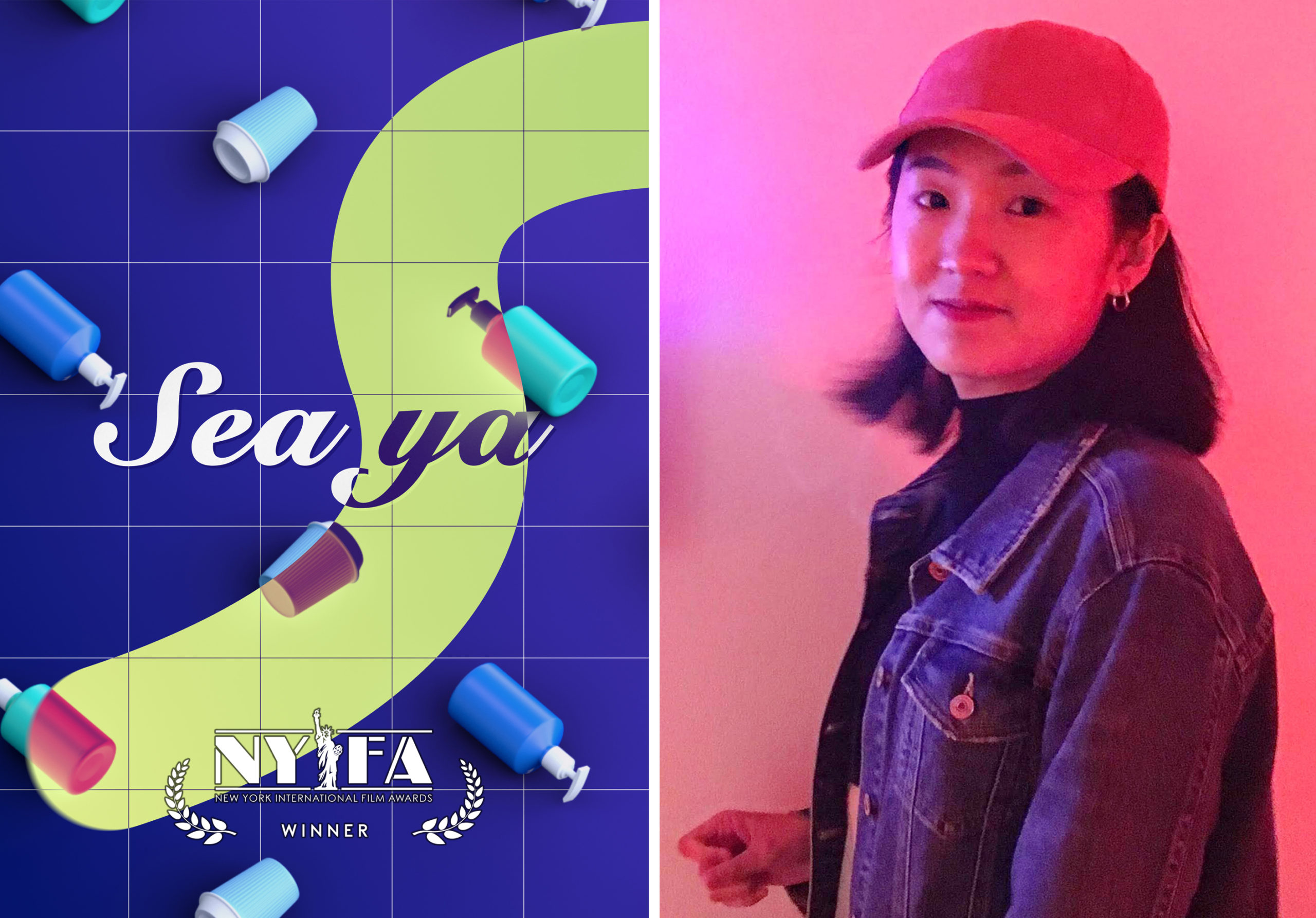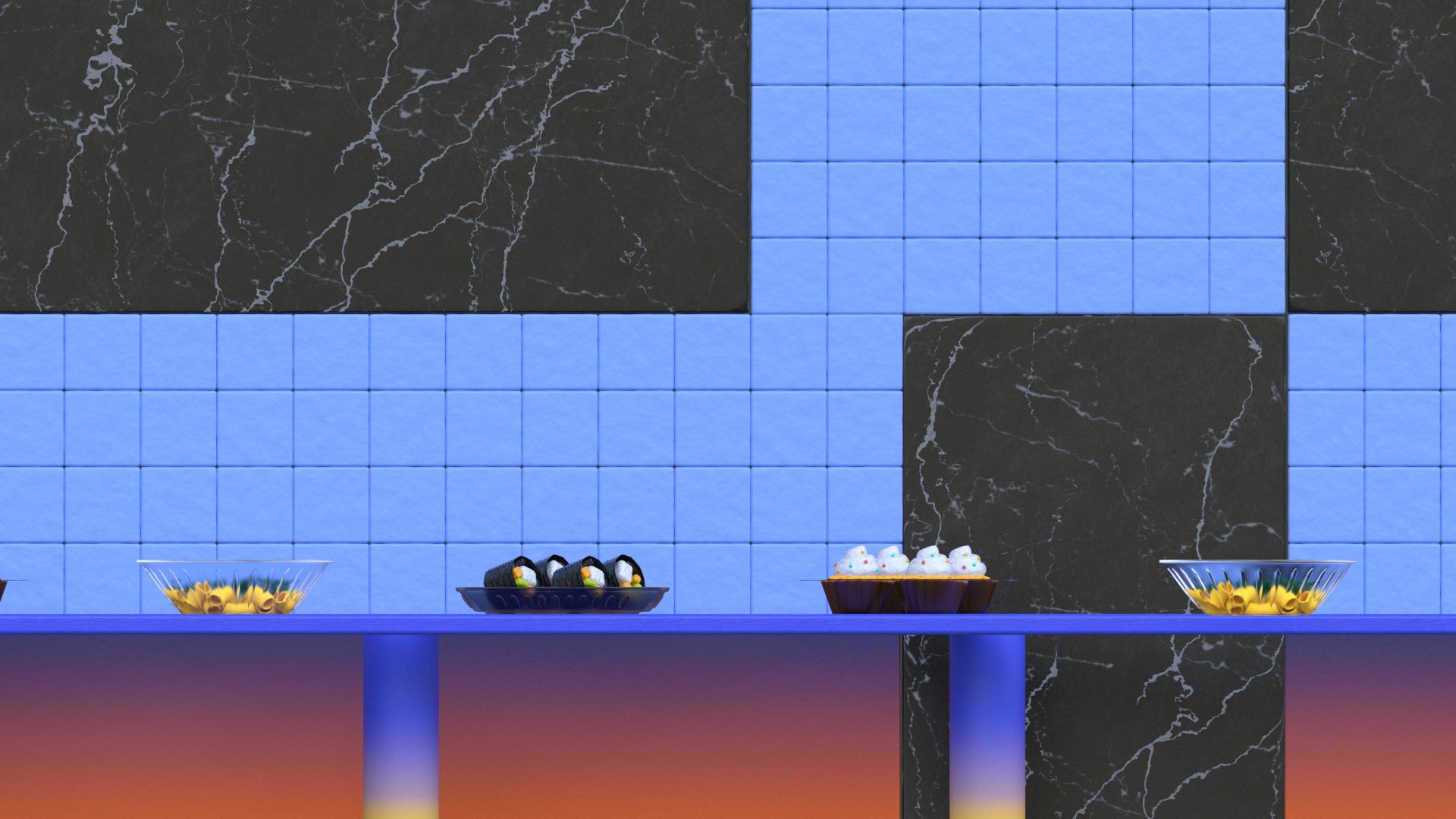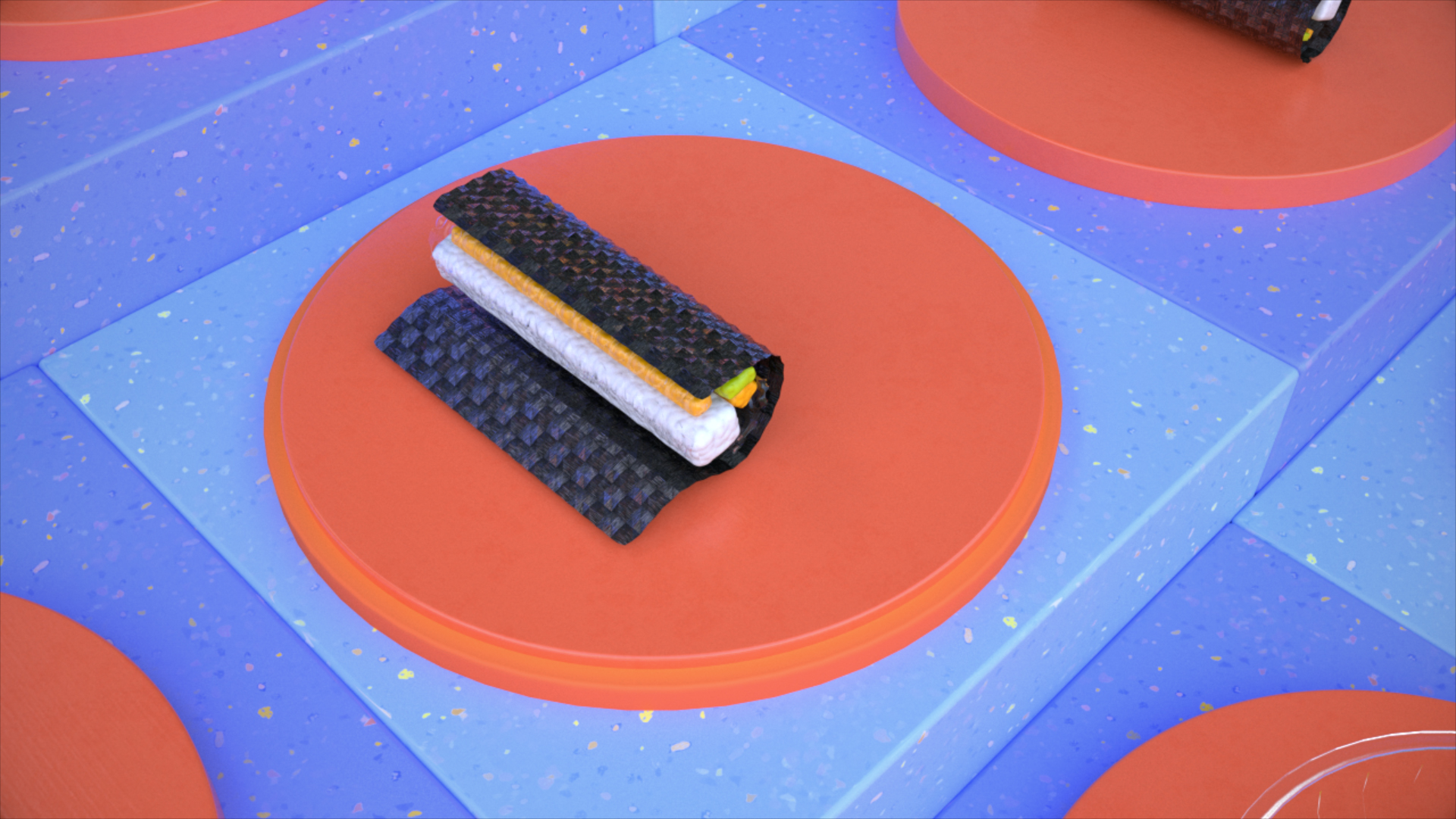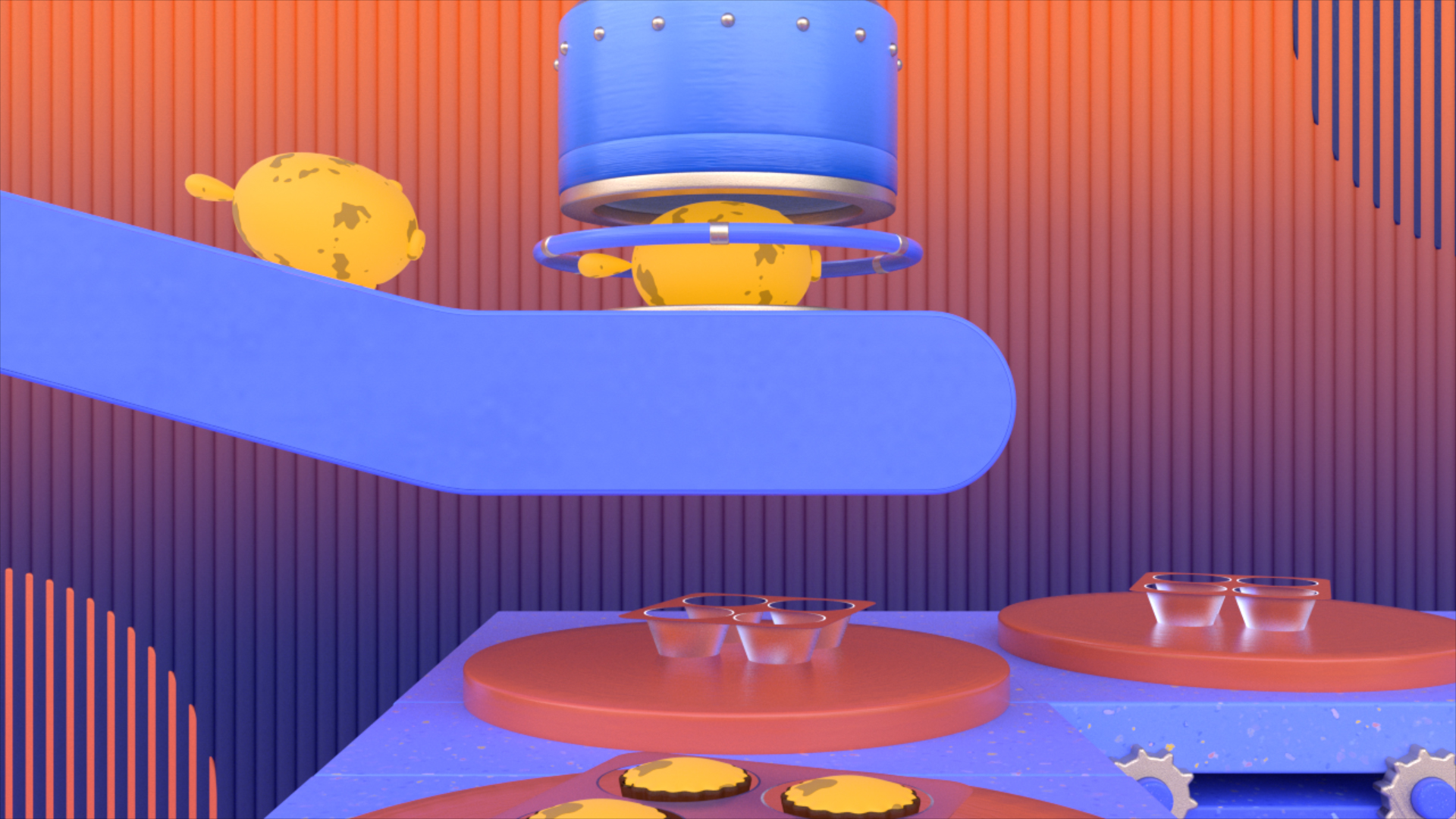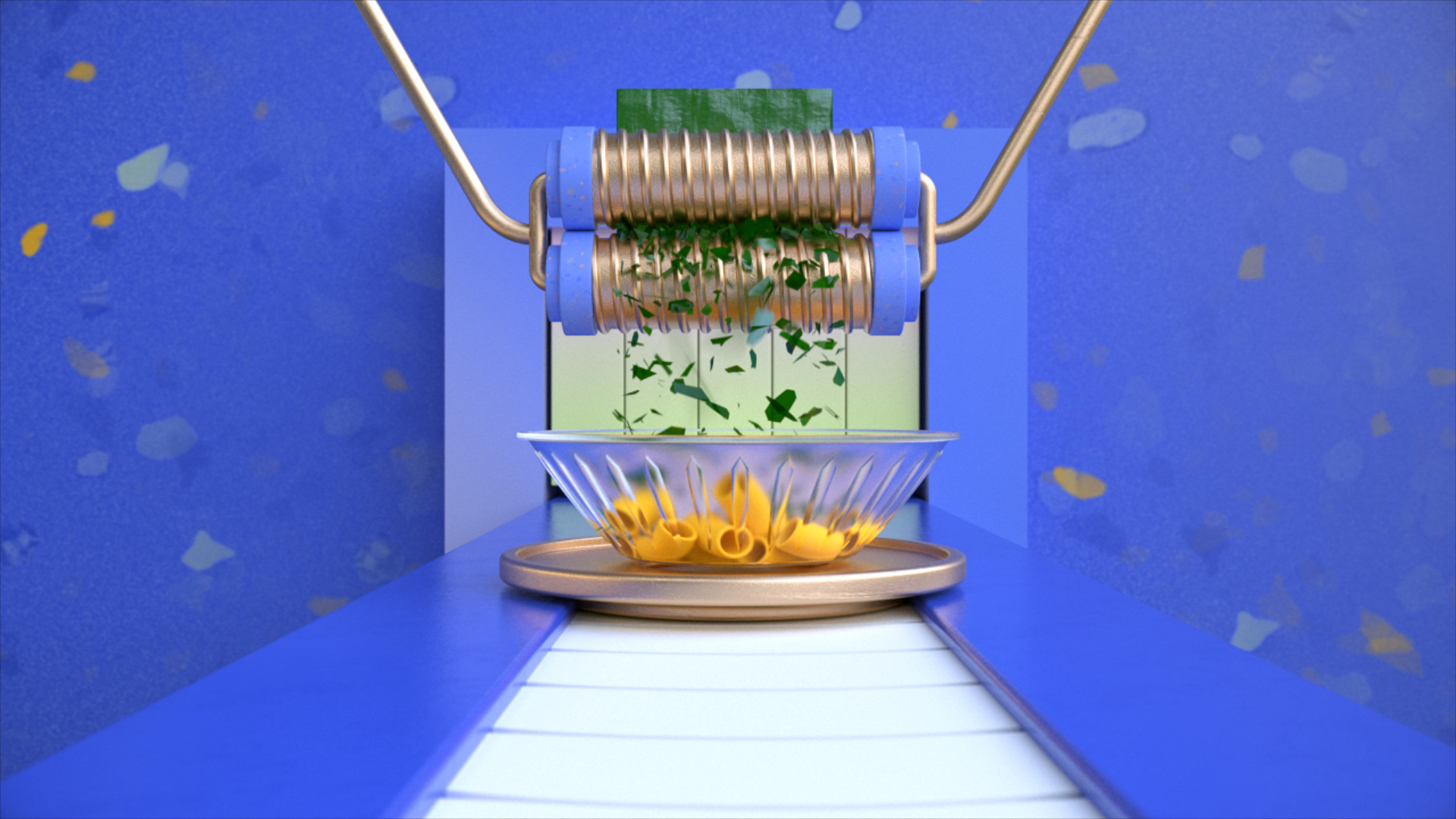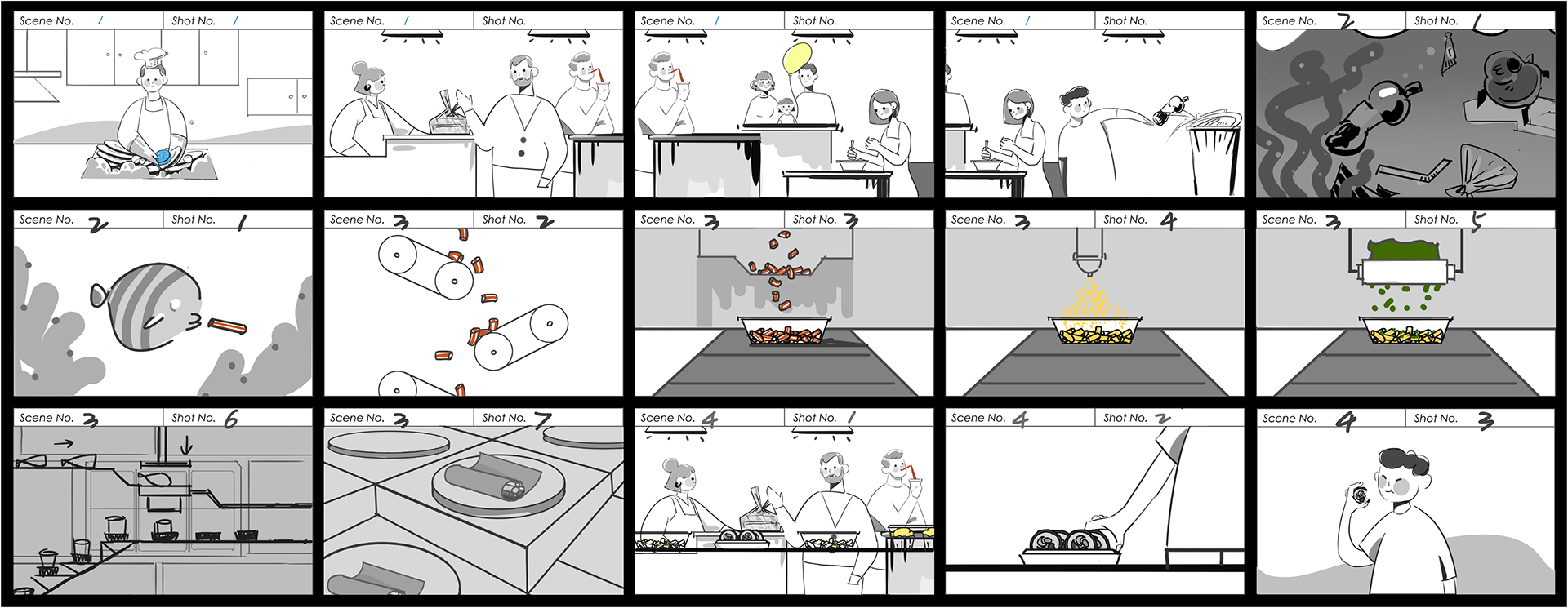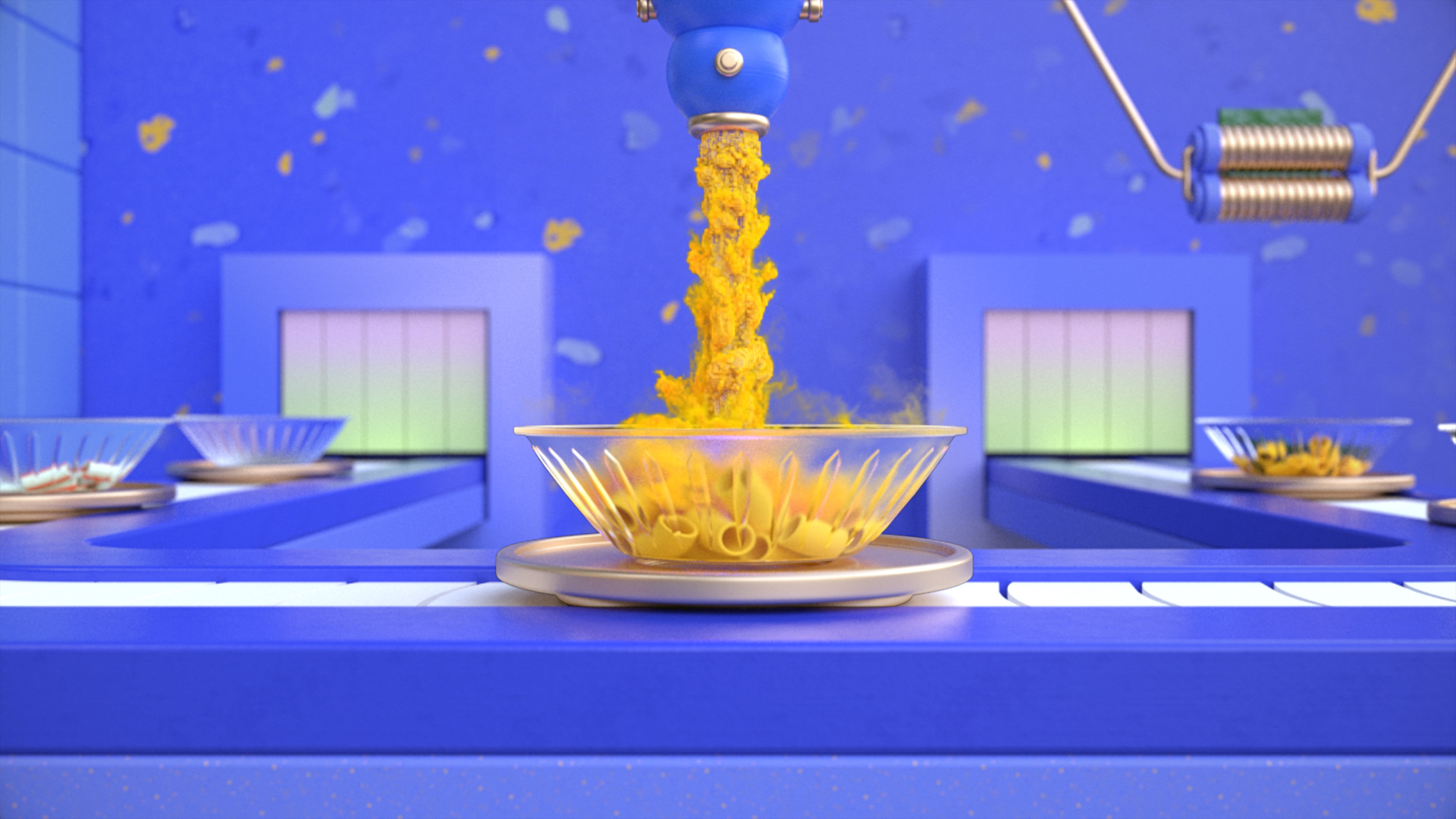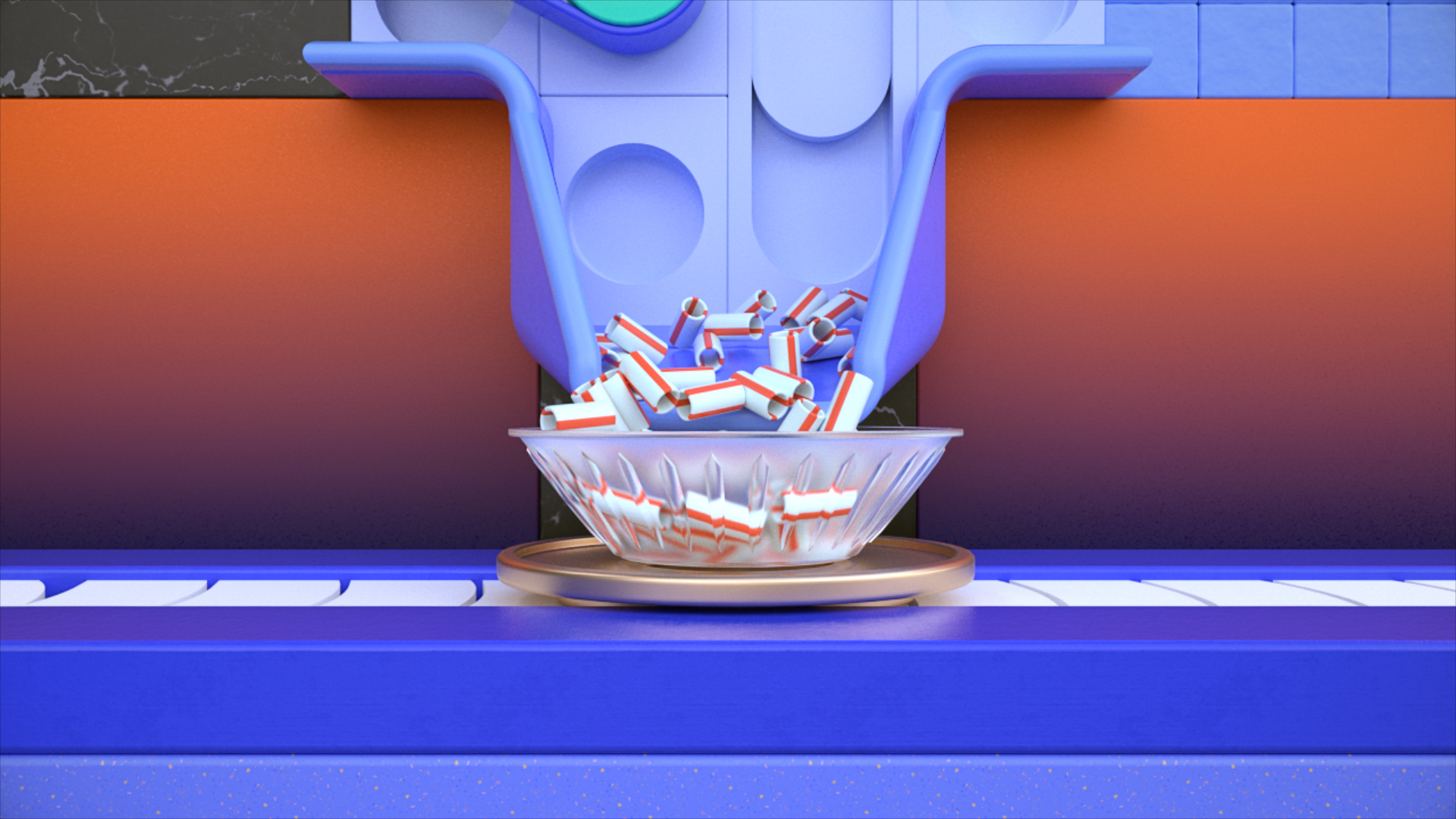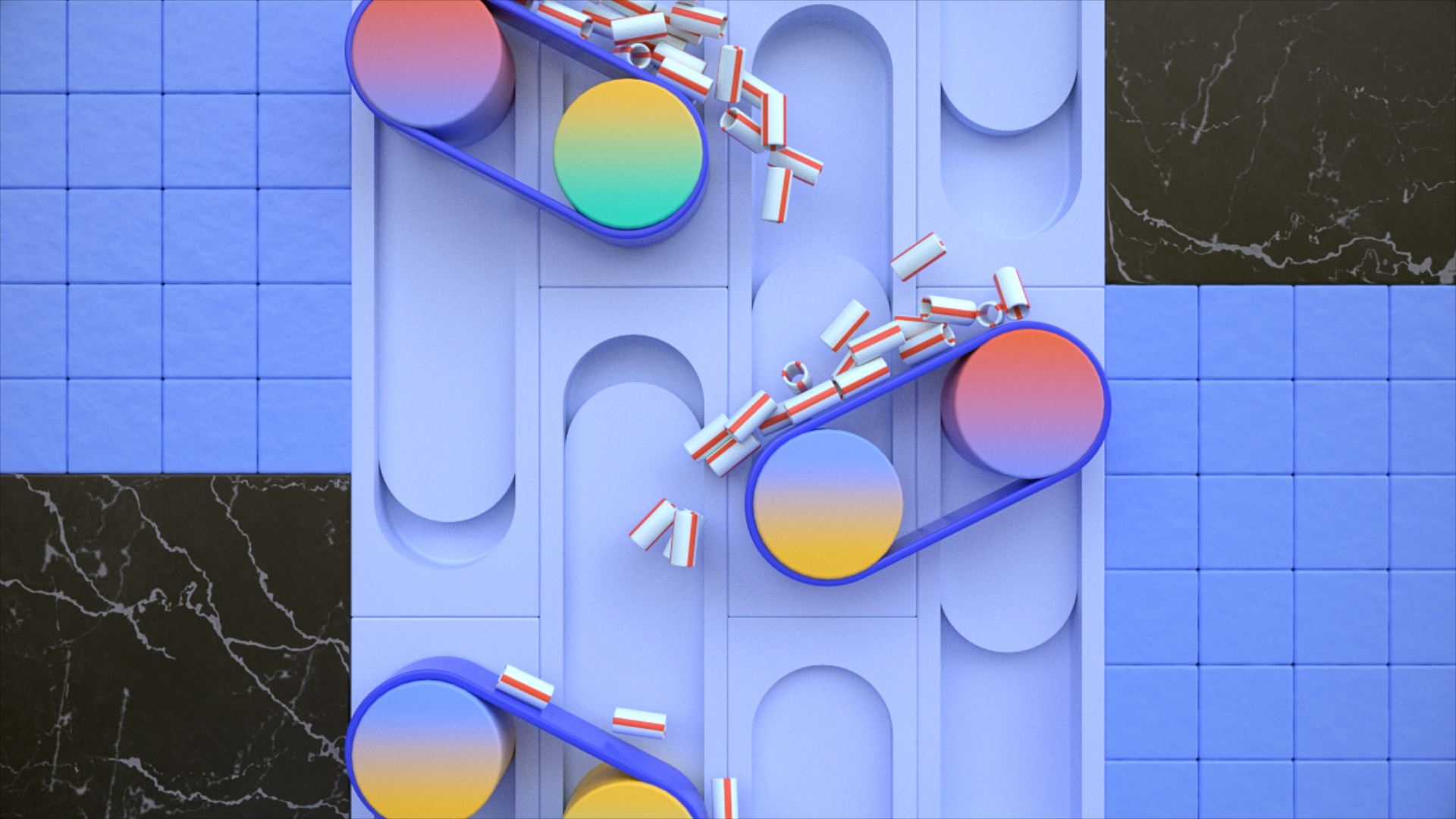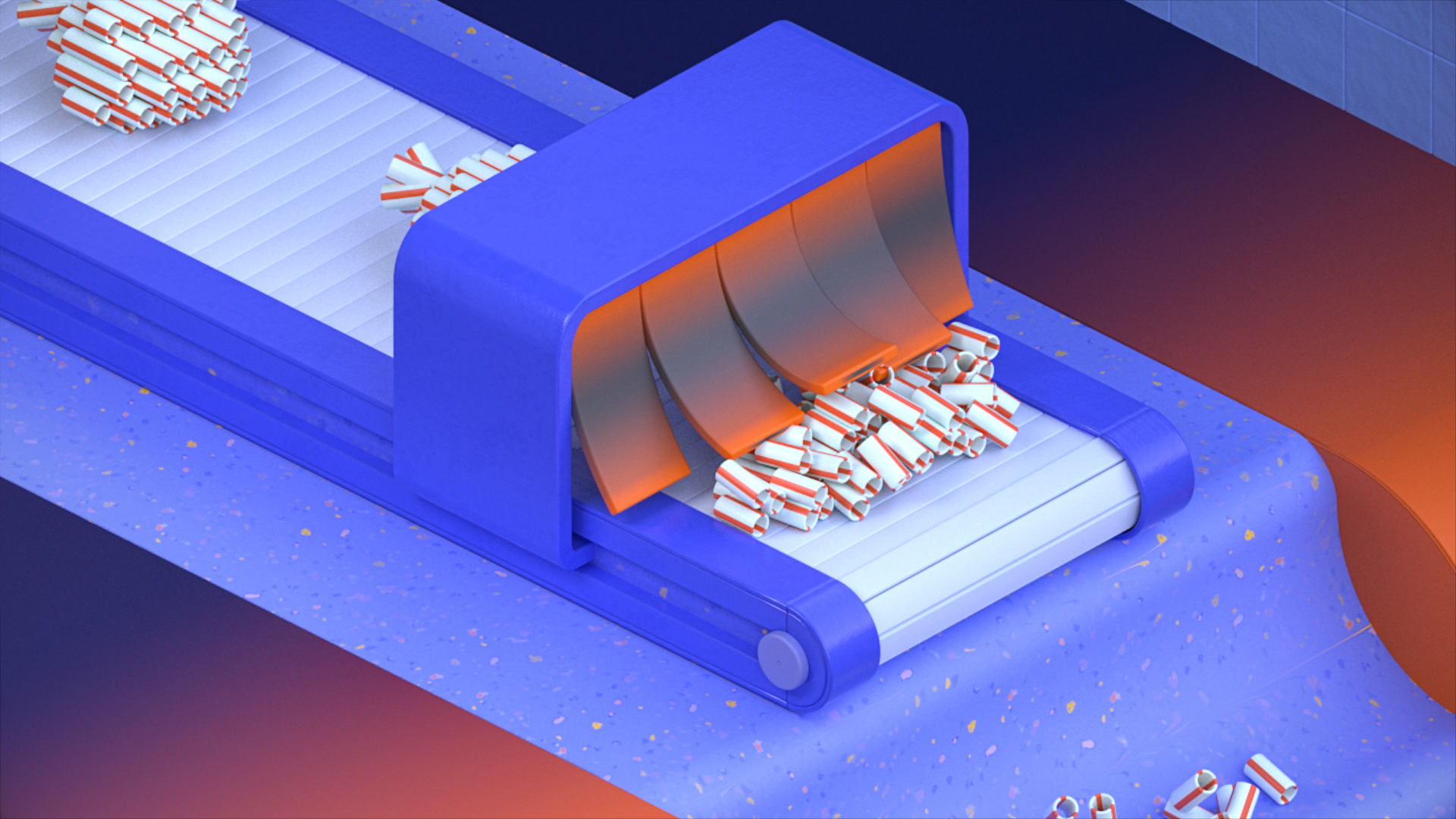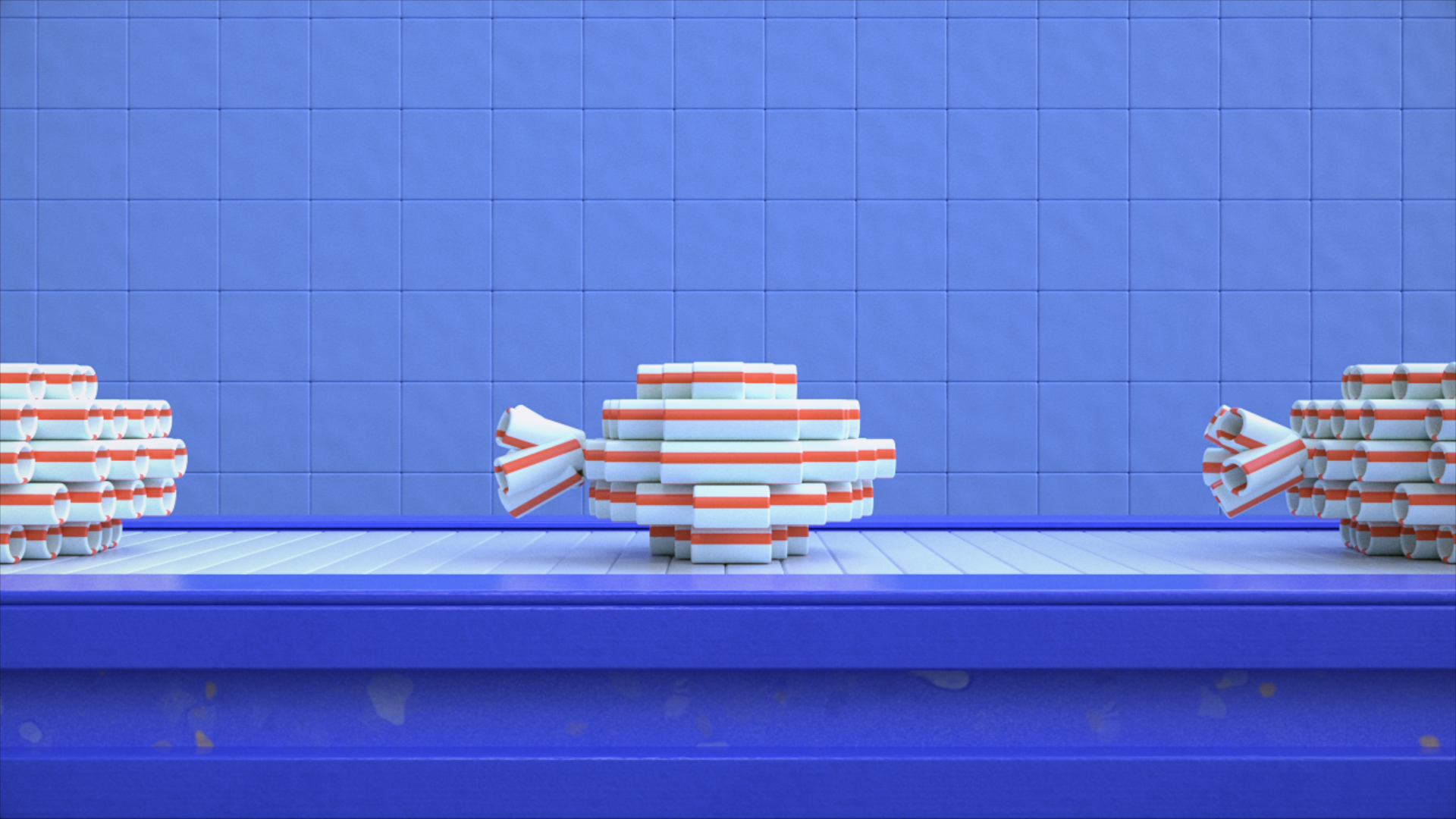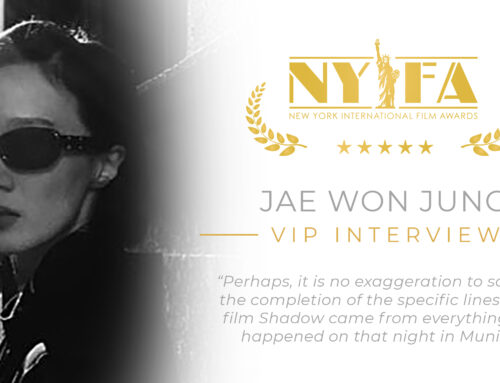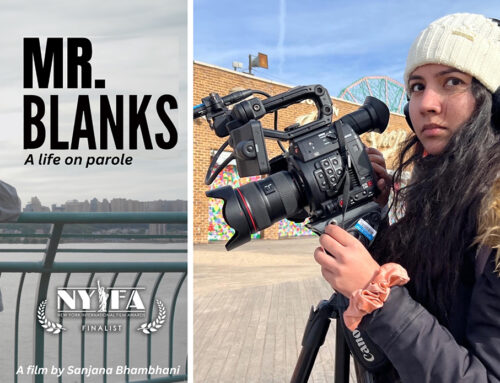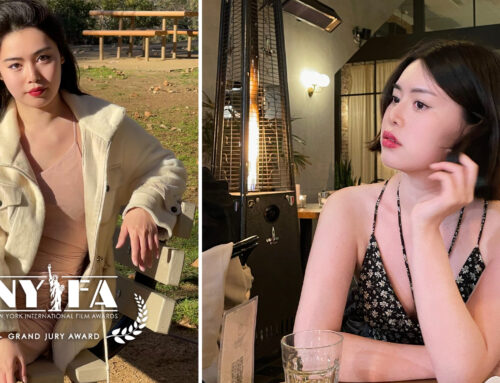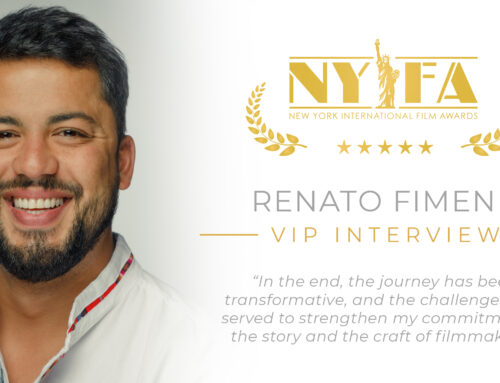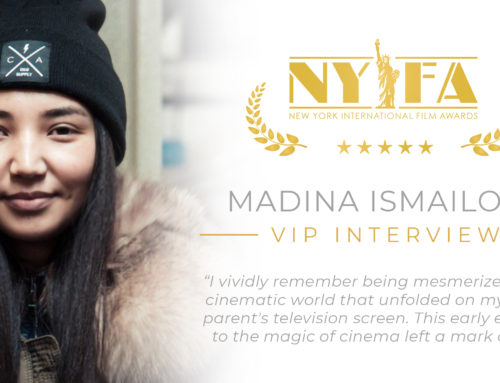VIP Interview with Yani Sun, creator of the Award Winning Animated Short Film ‘Sea Ya’
Today, we present Yani Sun, a New York-based creative motion designer and Animator originally from China and specialized in combining dynamic visual elements and color balance with a contemporary and lively style. In this interview, we focus on her latest project: “Sea ya” a short animation film that brings up the ongoing problem of plastic pollution in our oceans and the consequences on own bodies. Enjoy!
Hi Yani, when did you first realize you wanted to work in the animation and design field?
I was a big fan of pop music and music videos when I was a teenager. It inspired me to want to be part of a music video team. I started to learn a mix of digital arts during college, and then I developed a passion for motion graphics and animation, so I moved to New York to attend the School of Visual Arts to pursue my MFA degree. I enjoy it because It’s another language for me to convey stories and allows me to communicate emotions with others.
Where does the inspiration of “Sea Ya” come from? When did you start working on it?
I was inspired by an article, “The plastic in our bodies,” which is part of a series on “plastics and the body” from Politico. It talked about the current state of our environment and explained the fact that it’s likely most people have plastic inside their bodies. It helped me realize the magnitude of the crisis we are facing and that it is time to call for a global solution, so I decided to visualize the current situation in my own way.
Animation work on Sea Ya began in the fall of 2019. I spent almost two months researching, polishing the script, creating the storyboard and animatic then spent three months building up the 2D and 3D scenes and finishing the animation and composition of this film.
We found very amusing the choice of the title and the word pun: See you into “Sea Ya”. How did you make this choice? Is this a way to lighten up the topic you are tackling in the film?
Yes! My inspiration comes from our daily life, we say “see ya” with others every day, but we will meet each other again. This is analogous to the relationship between people and plastic products. We throw out plastic trash and recycling thinking that is the end of our relationship with it, but we will see it again. I think this is a very straightforward way to lighten up the topic, and it’s catchy as well.
What are your top 3 favorite animation films and why?
The first one is an animation named Some. This animated film was inspired by a poem and explored the spectrum of emotions in everyday life. I was impressed by the smooth transitions when I first saw this film. Combined with the sound effects, they use the character’s basic shapes and fun body movements to show each emotion. The scenes of thoughts, loneliness, help, and sweetness, though brief, filled me with the sense of being understood and seen.
Secondly, I would recommend Forms in nature. It’s a film with geometrically constrained vignettes of animals, technology, and natural phenomena, showing the beauty of nature and science within a circular composition. I have never tired of watching it. It inspires me with love for nature and science, and instills in me the importance of not just understanding our world but also protecting it.
Last but not least, I also love the animation that was directed by one of my favorite artists Doug Alberts, called The DMV song. It’s a fun animated film inspired by his trip to the DMV for a title transfer. I love the combination of each shape and simply telling a lovely story. This film reminds me that sometimes animation can be just for fun!
The creator Yani Sun and the official poster of ‘Sea Ya’
Which part of the body or object do you find particularly tricky to illustrate and bring to life during an animation?
Because the film talks about how our plastic products are already infiltrating bodies in the form of microplastics, and how the plastic gets in the ocean and is eaten by marine animals, I wanted to illustrate the changes in animals’ bodies. It was tricky because I wanted to keep a clean visual style while showing all changes simultaneously. After trying so many times, I decided that instead of showing the desperation of the animals that have eaten the plastic, I would connect the fish shape with the plastic cube directly. Hence, the viewers understand that what we eat is going to be what we become, plastic!
What’s your creative process when working on an animation film?
Firstly, I’ll start with brainstorming and writing the script to develop the idea. Secondly, I’ll search for references and draw the storyboard to transfer the story from word to visual language. Usually, I’ll discuss with my friends and listen to their advice after the storyboarding, so I can make sure the visual transition works and conveys the story in the best way! Once I get a well-developed storyboard, I’ll import the storyboard file to After Effect and create the Animatic. This step is the best way to help me work out the timing and how the film will look.
Then I’ll start the production, for example, creating character design, style frames, modeling, texturing, lighting, adding music, and animating. This step can be different for each person and depends on the type of animation. I would recommend everyone to find the best way for themselves, inspired by other filmmakers.
Finally, the last step is post-production, mainly including compositing, sound, and video editing. I’ll use all these tools to polish up the animation.
What’s your dream project?
My dream project would be one where I can work with someone to bring their vision to life in an authentic style that lifts people up and encourages them to think.
Can you explain to our readers the difference when animating a 2D and a 3D animation? Which one do you prefer?
Generally, 2D animation is more friendly for beginners, the working pipelines are straightforward and usually with a shorter timeline than 3D works. Although, with traditional 2D animation, it may take time to draw everything frame by frame. But most of the time, once I’ve created all the assets in static, I’ll import static works into After Effect and add tons of keyframes to make it move smoothly. I’ll make sure each scene is into different compositions and combine them into a Master composition, and that’s the final render. This saves time on drawing and allows me to spend more time fine-tuning the details of my animation.
The learning and working process of 3D animation takes longer than 2D animation because it’s more complicated. We create the objects and animation in 3D software (like Cinema 4D or Blender), render each shot as the png sequence with the alpha channel, then import it to After Effect for post-production. This process has to consider more elements, for example, the texture, the lighting, the render setting, or even the camera moving that are more diverse than in 2D. Any small changes will affect the final result. Even though designers can preview the animation in 3D software, it might still have some rendering issues from time to time, so we always have to leave enough time to do the 3D rendering, so we can fix any problems that come up.
It’s hard to say which one I prefer because I enjoy stylizing my work with both 2D and 3D animation. I use 2D or 3D techniques as a tool to help me tell the story rather than show the techniques. The nature of the story determines which tool I use. I find pleasure in combining these two aspects and exploring new possibilities in my work.
What is the message you would like to communicate to your audience through this film?
As I said before, my inspiration was that plastic has already had profound effects on plant and animal populations, leading to endangerment and, in some cases, even extinction. Unfortunately, many believed that the harm of plastic pollution had not yet reached humans. However, my goal is to share the fact with my audience that single-use plastic products already infiltrate human bodies and threaten human health. Although we can’t completely eliminate the harm caused by plastic, we can at least make a little bit of change and make it slower.
The color psychology theory tells us that colors can influence our perceptions of situations and emotions in film. Colors help tell a story, define a character, and create a reaction in the audience. For example, red is used in film to portray violence and anger, while pink is connected to innocence, green to the environment but also destruction. You used very strong colors in your film, and we were wondering, which emotions you were trying to portray in your film?
When we talk about plastic pollution, we are overwhelmed with terrible images and shots, and we become desensitized or numb. I wonder if we see the facts presented appealingly, maybe it will have a more significant impact and a better chance of leading to the kind of action we need. So, I show this severe and heavy topic with a slow musical rhythm and a clean visual style. The use of plastic products can be seen everywhere, and this habit that has been integrated into our lives, is quietly hurting each of us and our planet.
The first level of my color palette mainly includes blue, yellow, and orange. Blue is associated with peace and gentleness while creating a clean and peaceful mode with the topic of the ocean. Yellow highlight the critical scene, objects and catches the viewer’s eyes, like the restaurant, fish, and plastic foods. Orange was applied to the plastic-related elements and associated with strength, and urgency. The colors are strong and very saturated, which seems like we are in “good times,” but that’s my way of telling an ironic and severe story.
We really liked the music, composed by Aaaron Basch. Can you tell us more about this collaboration?
I was looking for a composer to create the music and all the sound effects for Sea Ya, and my friend shared Aaron’s profile with me. I was impressed by his work, so I emailed him the script and animatic of “Sea ya” as well as some references for the music and asked whether he would be interested in joining. We both think this is a meaningful project, so we decided to work together!
It was a great pleasure to work with him. We combined the first draft of the music with animatic to test the overall style. As I worked on the animation production, he adjusted the sound effects and added details. Overall, the collaboration was super smooth, and his music sets the right tone for the film, makes the visuals more lively, and helps the viewer to be more invested in the story.
The Storyboard of ‘Sea Ya’ by Yani Sun
What is the most challenging project you’ve completed? What did you learn from it?
Participating in the video production for The Atlantic, an American magazine and multi-platform publisher, was a pleasure. We created promotional ads to help them increase their subscriptions. The project spanned an entire year, and the biggest challenge was creating visuals for different concepts every month.
After a few months of production, it was tough to brainstorm fresh ideas. My favorite design concept that we came up with was utilizing a collage style to highlight the topic and articles for that month. I’m glad to have been involved with such a fantastic team. Everyone was working hard and was truly inspiring. I also stepped out of my comfort zone to create works in various styles I’ve never tried before.
Once I looked back, I was impressed by our work’s performance, quality, and quantity. I also learned that we should never be afraid of trying new things. We should be brave and get out of our comfort zone to help us grow.
Nowadays there are many environmental documentaries available on the topic of Plastic waste; we’re thinking about David Attenborough: “A Life on Our Planet” and “Seaspiracy” both on Netflix. Were you inspired by those when working on your film?
Yes, I did a lot of research when writing the script, and both documentaries are amazing inspirations for me. They explore the devastating changes on our planet and find the various environmental issues, helping us know that protecting the earth and animals also protects ourselves. As I said before, I decided to tell this story with appealing visuals and, through this project, make people conscious that it is time to change their collective consumption habits.
This topic can be seen in many animations works these years in different forms. For Example, The animatic shorts “The beauty” by Pascal Schelbli, “A Love Letter to Plastic” by Nicolo Bianchino, etc. I would highly recommend it and encourage everyone to look. It’s never too late to start the change!
Anything in works that you can talk about? Any exciting new projects?
Of course! My upcoming project is an animation with a story that talks about work-life balance. I hope to share the idea that even if life is dull or stressful, let’s not forget to pursue what we truly love and enjoy our life! Hopefully I can share this film with everyone soon.
Follow Yani Sun and her projects on:

